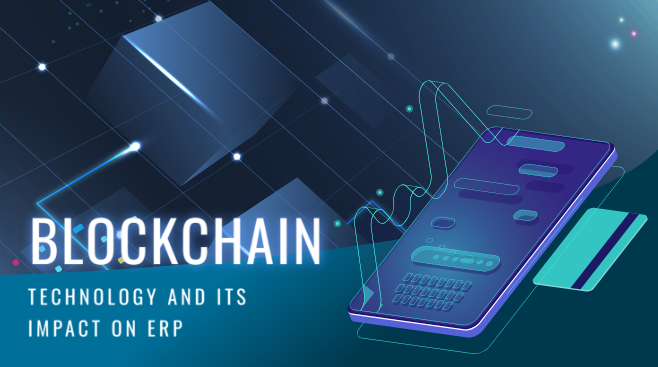How to differentiate between CRM and ERP
Automation has taken a massive space in managing functionalities within several organizations. The reason behind this wide adoption and acceptance of automated services and software is major because of the convenience that they put forward. This convenience allows organizations to carry out their functionalities effortlessly avoiding chances of human-made errors. Enterprise Resource Planning (ERP) and Customer Relationship Management (CRM) are two such software solutions that most companies opt for in their journey of automation.
Even though both these software solutions are mainly concerned with managing functionalities within organizations, regulating mechanisms, and streamlining the complete work structure, both of them differ from each other at multiple levels. For example, CRM intends to streamline customer interaction within a system and ERP works in a way connecting operational functions and systems to a central database for enabling the effective and smooth functioning of a company. Let us dive a little deeper to understand how they differ from each other.
Key Functions offered through ERP
ERP or Enterprise Resource planning has a long history that can be dated back to the time it was initially linked to MRP or Material Requirement Planning. Because of this, as it turned out, ERP works more like a branch connecting and integrating several functional parts of an organization. In simple words, we can say it functions like a shared database. Therefore ERP integrates and has the below-listed functions to offer
- Finance Reporting
- Tracking Employee Life-Cycle through automation
- Supply Chain Management
- Project Management and Planning
- Payroll, Accounts
- Database for Services
- Managing Distribution process
- General Ledger
- Managing and consolidating Human Resources
- Reducing and avoiding miscellaneous manual tasks
Key Functions offered through CRM
The history and evolution of CRM can be traced back to SFA or Sales Force Automation. CRM intends to manage and regulate customer interactions within a business. It allows vendors to bring all the functions related to customer management in a single plate reducing the hurdles between every separate business proceeding. CRM performs basics functions like-:
- Regulating and structuring the marketing team
- Managing client data and resources
- Providing access to client data to employees within an organization
- Track sales proceedings and have a detailed look at sales pipelines
- Improving customer care and services through automation
- Management of sales collateral
- Calculating productivity of marketing team
- An evaluative study of client interactions
- Creating analytics and sales reports
- Getting a better idea of where sales happen and what sells more
- Inventory management
- Business contacts and database management
How ERP and CRM differ from each other
By looking at the list of functions they perform we can clearly see that they might look similar and very easy to overlap with each other. But what makes ERP and CRM two separate stand-alone systems is that they have separate core functions to serve. ERP can be more of a finance and supply management and regulation software whereas CRM focuses more on customer regulation and management. ERP serves the purpose of a back-office department and on the other hand, CRM is like the face of the company managing its front office-based department.
At times you can get an ERP software designed and developed to meet your CRM requirements as well but it will not work the other way around. It will not be possible for CRM software to accommodate and meet the requirements an ERP software is supposed to handle and execute.



